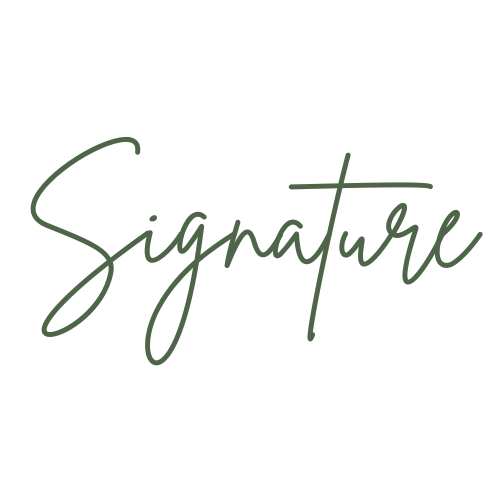Vincent van Gogh Authentication
Vincent van Gogh, one of the most celebrated and influential artists in Western art history, lived a life of extraordinary creativity and profound personal struggles. Born in the Netherlands in 1853, van Gogh’s artistic career spanned just over a decade, yet in that short time, he produced over 2,000 works, including around 900 paintings and 1,100 drawings and sketches. His unique use of color, emotion and bold brushwork made his work stand out, even though he was largely unrecognized during his lifetime. Today, van Gogh's works are among the most valued and revered, with some pieces selling for tens of millions of dollars.
Van Gogh's artistic journey was deeply intertwined with his mental health struggles, bouts of depression and periods of intense productivity. He is perhaps most famous for works like The Starry Night, Sunflowers and his numerous self-portraits, which reflect his emotional turmoil and brilliant command of color. His Post-Impressionist style, characterized by expressive use of line and vivid, swirling colors, set the stage for modern art movements such as Expressionism and Fauvism.
Despite his artistic genius, van Gogh's life was marked by poverty, isolation and a constant battle for recognition. He died in 1890 at the age of 37 from a gunshot wound, generally considered to be self-inflicted, leaving behind a treasure trove of works that would only gain widespread acclaim after his death. However, as van Gogh's legacy grew, so did the complexities surrounding the authentication of his works, which has become one of the most contentious and delicate issues in the art world today.
The Challenge of Van Gogh Authentication
Vincent van Gogh's posthumous fame and the increasing value of his works have made them prime targets for forgery and misattribution. Van Gogh authentication is a particularly difficult process because the artist’s signature style evolved significantly over time, and his habit of signing some works but not others complicates matters further. Additionally, van Gogh lived in extreme poverty, often painting on whatever materials were available, from low-quality canvases to reused surfaces, making it challenging to apply consistent forensic methods.
Another obstacle is the sheer number of fakes and misattributions that have surfaced since van Gogh’s death. Forgers and opportunists, eager to capitalize on his name, have produced works that mimic his distinctive brushwork and color schemes. Art historians have even debated the authenticity of certain works that have been held in prestigious collections for decades, creating ongoing controversy in the field of art authentication.
At one time, the Van Gogh Museum in Amsterdam played a pivotal role in the authentication of works attributed to the artist. However, as with many artist estates and institutions, the burden of handling countless submissions has led to a cautious, even reluctant, stance on issuing formal attributions. With the museum focusing on academic research rather than authentication, collectors and galleries have increasingly turned to independent experts for validation.
This is where firms specializing in fine art authentication, like Signature, come into play. We offer expert services tailored to address the complexities involved in authenticating van Gogh's work. Through a combination of historical research, forensic analysis, and deep knowledge of van Gogh's materials and techniques, Signature helps collectors, galleries and auction houses navigate the challenges of validating his art.
Signature’s Approach to Van Gogh Authentication
Authenticating a Vincent van Gogh work requires a multi-faceted approach, as each case presents its own unique challenges. At Signature, we follow a rigorous process to ensure that every aspect of a van Gogh attribution is thoroughly examined.
Comparative Analysis: Van Gogh’s work evolved from dark, somber hues in his early Dutch period to the bright, expressive palette of his later years in Arles and Auvers-sur-Oise. Signature’s experts compare the stylistic elements of a work in question with those of verified van Gogh pieces from similar periods. This includes analysis of brushstrokes, composition and even the distinctive “impasto” technique, where paint is applied thickly to create texture.
Provenance Research: Establishing the history of ownership, or provenance, is crucial when authenticating van Gogh’s works. Many forgeries or questionable attributions lack a clear and documented trail of ownership, which is often the first sign that a piece may not be genuine. Our team at Signature conducts exhaustive research to trace the artwork’s history, reviewing sales records, gallery exhibitions and correspondence from the period when van Gogh was active.
Scientific Analysis: Scientific tools are essential in the authentication of van Gogh’s paintings. Signature employs techniques such as X-ray imaging, pigment analysis, and ultraviolet light to analyze the materials used in a suspected van Gogh work. We compare these findings with the materials and techniques known to have been used by van Gogh during specific periods of his career. For instance, van Gogh often used certain pigments that were specific to the 19th century, and anachronistic materials can immediately suggest forgery.
The Legal and Financial Stakes of Van Gogh Authentication
As one of the most valuable artists in history, the financial stakes surrounding van Gogh authentication are immense. Collectors and investors can see the value of a van Gogh work skyrocket with proper authentication or plummet if it is found to be a forgery. Given that some of van Gogh’s paintings have sold for over $80 million, even minor doubts about a work’s authenticity can have enormous financial implications.
In addition to the monetary risks, legal ramifications are also a concern. Fraudulent claims of authenticity can lead to lawsuits, financial loss and damaged reputations. To mitigate these risks, buyers, sellers, and institutions rely on experts like Signature to provide credible, in-depth authentication research before transactions occur. Our team is dedicated to providing thorough and reliable authentication, ensuring that collectors and institutions can confidently verify the authenticity of their artworks attributed to Vincent van Gogh. Contact us to learn more about how we can assist you with Vincent van Gogh authentication today.

